Your indoor cat’s happiness is more than a mood—contented cats are more likely to live a longer and healthier life. Is your cat as happy as they could be, or is your feline ready to feel better? Check out these keys to indoor cat happiness from Village Veterinary Hospital.
Stop stressing me-ow-t—feline stress and its negative health effects
Good and bad stress are a normal part of life, and while some cats simply adapt, others can be overwhelmed by a perceived threat. Chronic or repeated stress is known to contribute to or cause feline behavior problems and health disorders, including urinary, respiratory, and skin conditions, and obesity.
For indoor cats, boredom is one major stress source. Their behind-closed-doors lifestyle that protects indoor cats from dangerous outdoor hazards also prevents them from using natural behaviors that are mentally and physically satisfying. But with a little help and creativity, your cat can embrace their wild side—and rediscover happiness—without setting a paw outside the front door.
No more delivery—let your cat hunt for their food
The typical indoor cat-feeding task involves filling the bowl or dish with a predetermined amount at a scheduled time once or twice a day. The typical outdoor or wild cat will spend as much as 80% of their waking hours searching, stalking, pouncing, and consuming multiple small meals—usually prey mammals, such as mice and birds. Although your indoor cat’s physique may not match a cat who hunts for a living, their minds are identically hardwired for the hunt.
Try these simple ideas for a homestyle hunting experience. Start slowly—with only a portion of your cat’s meal—and then gradually increase the challenge as your cat catches on. If you make the challenge too difficult, you’ll create more stress—not less!
- Scatter feeding — Toss your cat’s food on a fringed rug, snuffle mat, or an old bath towel.
- Hide and seek — Hide small food portions in various locations throughout a small room.
- Food toys — Small, hollow toys can be filled with food and hidden. Once the cat locates each one they must bat and shake the toy to release the food.
- Treat dispensing balls — Plastic balls provide erratic, unpredictable movement that resembles prey.
- Lick mats — If your cat is on a wet-food-only diet, hide small portions on grooved mats designed to promote slow eating.
In addition to satisfying their desire to seek out food, these games promote movement and can help once-sedentary cats lose weight.
The rich life—provide physical and mental enrichment for your cat
Enrichment is a concept originally developed in animal conservation that provides animals with mental and physical activity outlets, as well as autonomy (i.e., free-will) in some decisions. Allowing captive animals self-expression through behavior, learning, and exercise can naturally relieve anxiety, improve confidence, and improve overall health. Enrichment is a broad category that includes the pet’s environment, daily routine, and activities. Some ideas include:
- Cat puzzles — Food puzzles encourage cats to use their natural behaviors, such as reaching, swatting, and manipulating objects to obtain food or treats.
- DIY toys — Paper towel rolls, packing paper, and pipe cleaners can make fantastic DIY creations.
- Novel objects — These can include new textures and flavors (e.g., cat grass or catnip) or occasionally adding a cat-safe object (e.g., a cardboard box, bucket, or a basket) to encourage curiosity and exploration.
- Cat television or bird watching — Give your mighty hunter something to observe and study. Turn on Cat TV or install an outdoor bird feeder near your cat’s favorite lookout point.
Get social—interact with your cat
Compared with other domestic pets, most cats require little human attention. But “little” does not mean “none.” Cats who are inadequately socialized may experience distress, anxiety, or depression. Avoid these conditions by spending time with your cat every day.
- Interactive toys — Motorized toys are fun, but with interactive toys, you can be involved in your cat’s predatory play. Some feline favorites include feather wands, laser pointers, and remote-controlled cars.
- Training — Cat training is possible—and fun. Use positive reinforcement for a few minutes each day to train your cat to perform fun activities (e.g., to high-five).
- Daily play sessions — Devote time every day to one-on-one social interactions with your cat. Bring out a special toy or simply snuggle.
Acting on instinct—create a cat-friendly environment
Scratching and climbing are natural cat behaviors, but without a designated area for these activities, your cat will scratch in inappropriate places, like your furniture. Provide your cat with safe opportunities to practice each activity.
- Scratching — Scratching is a multi-purpose behavior that cats use to communicate by marking territory, perform a full body stretch, and maintain their nail health. Vertical scratching posts and horizontal mats provide an excellent way to satisfy your cat and save your furniture.
- Climbing — Elevated spaces give cats a sense of safety, and an ideal place for observing their surroundings. Cat trees provide the perfect feline fantasy-land, but strategically arranged furniture can work as well, as long as you provide non-slip surfaces for take-off and landing.
Clean is comfortable—keep your cat’s litter box clean
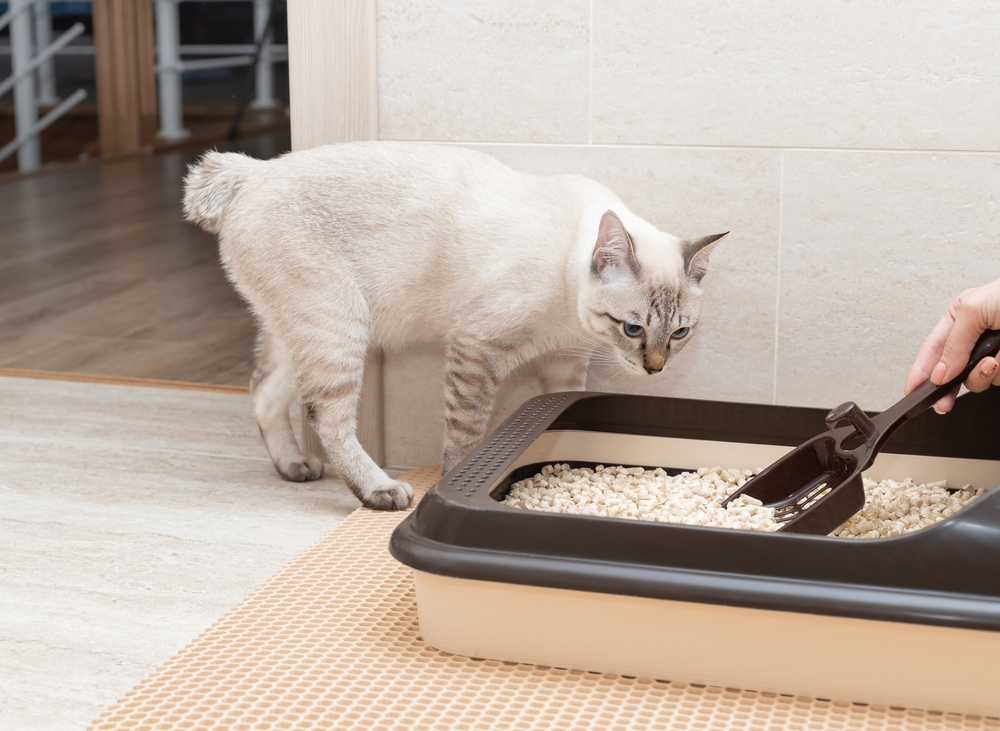
Messy, inappropriately sized, or inaccessible litter boxes can be an immense stressor for cats and may lead to house soiling and anxiety. Tips for eliminating litter box worry include:
- Scooping each box at least once a day
- Avoiding abrupt changes in litter brand or style
- Selecting the right box size for your cat
- Ensuring the boxes are easily accessible for arthritic or elderly cats
- Providing one litter box for every cat in your home, plus one extra
One final secret to keeping your indoor cat happy—stay up to date on annual wellness care at Village Veterinary Hospital. By identifying subtle changes in your cat’s health, we can avoid unnecessary pain and suffering—and that makes everyone happy. Contact our team to schedule your cat’s next appointment.



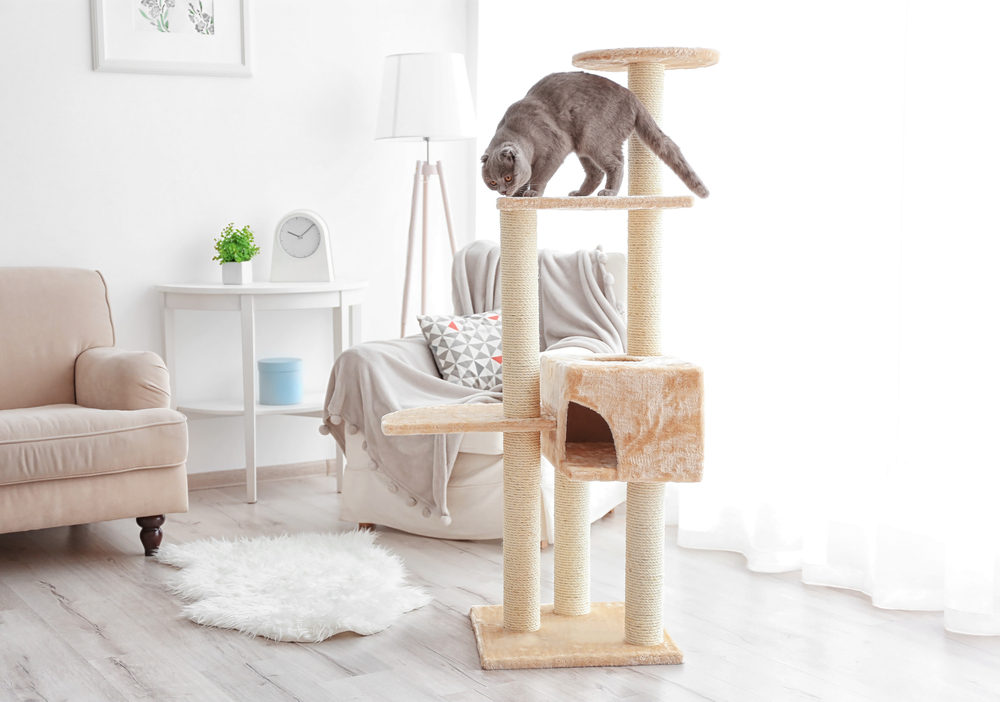
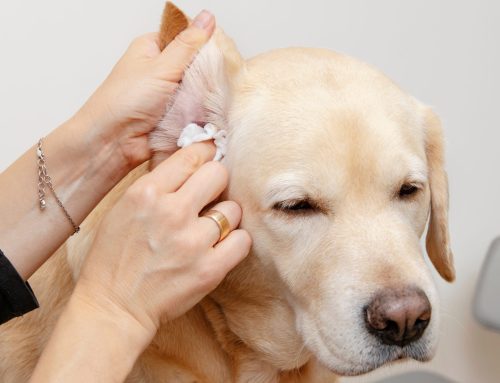
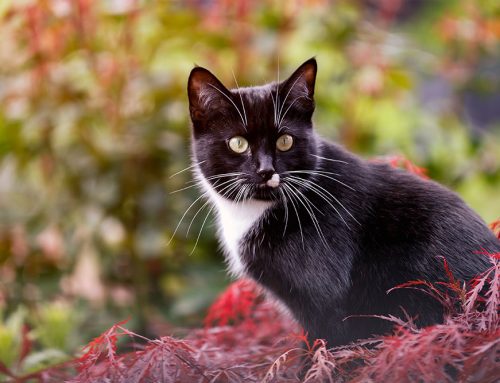

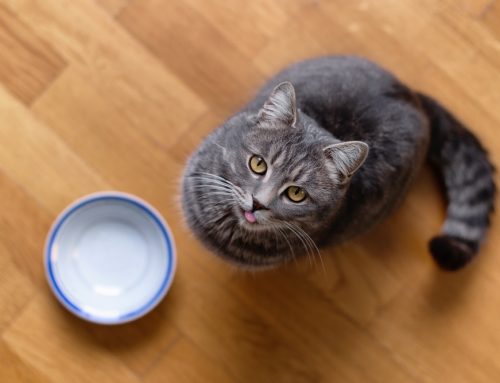











Leave A Comment